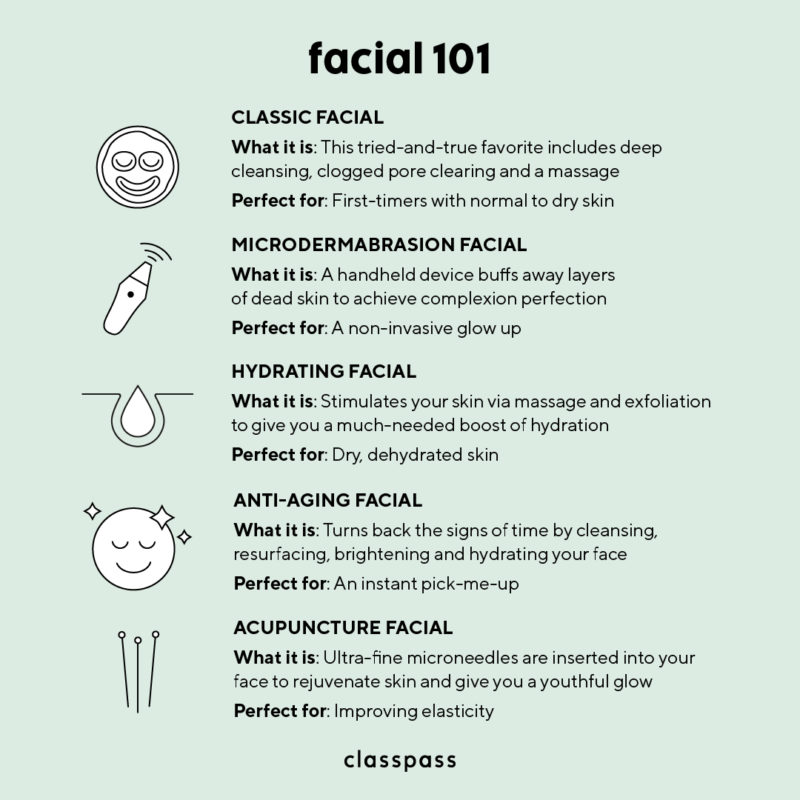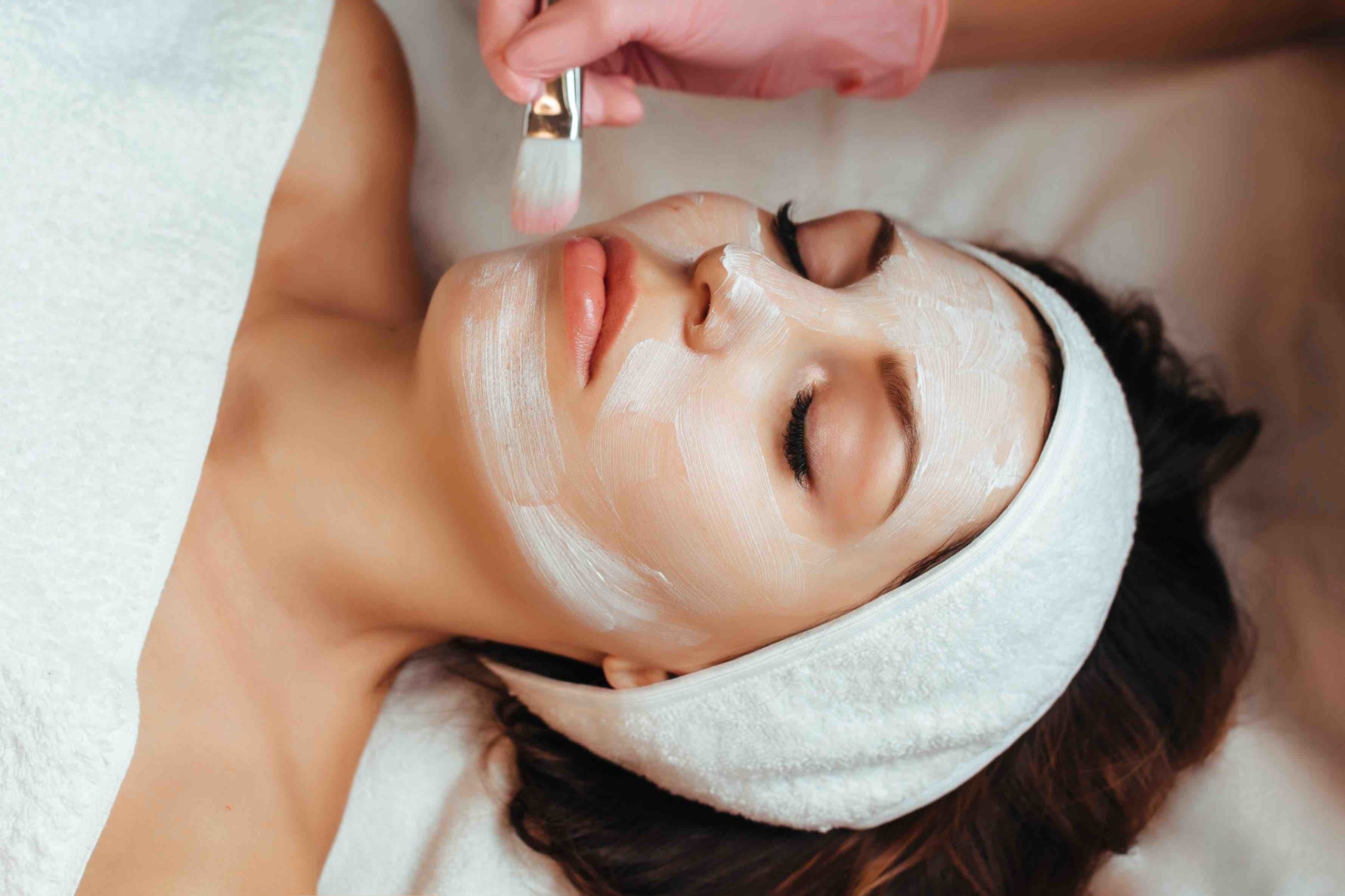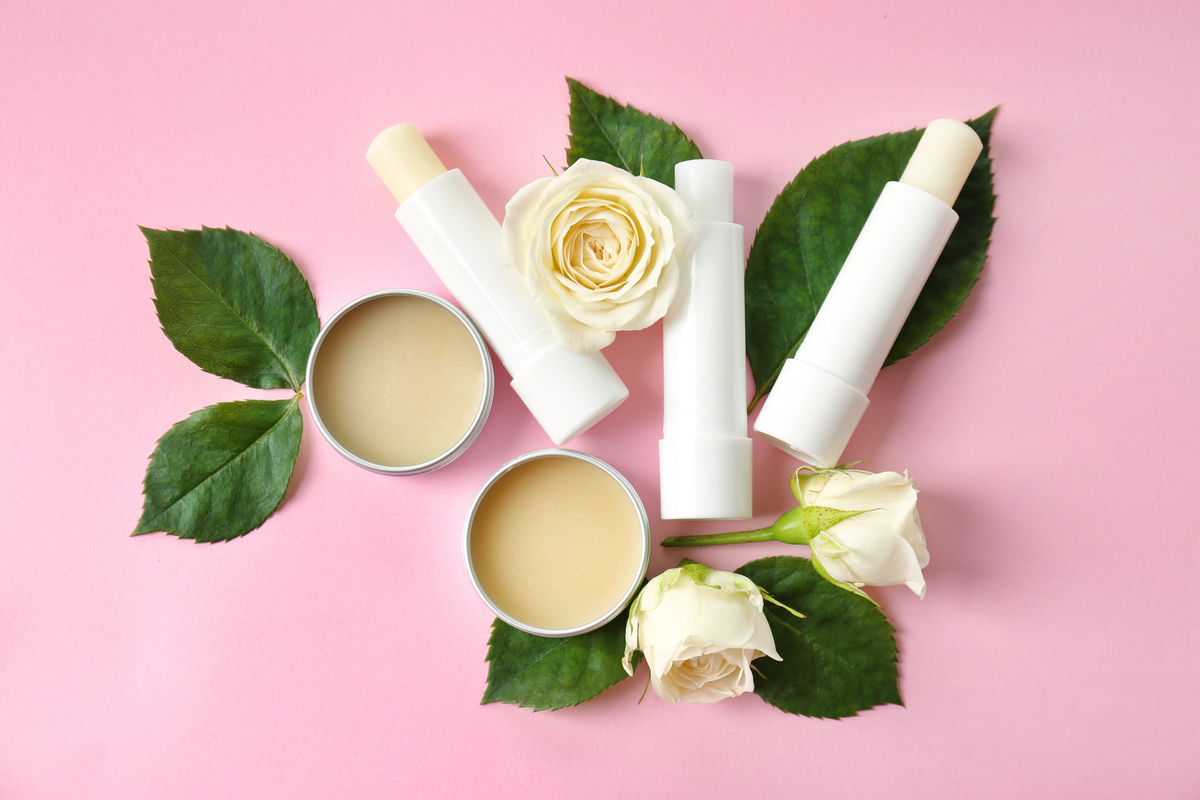Facials are a common skin treatment used by people of all ages. They’re popular for treating a variety of skin complaints, from aging skin to acne prone skin. But how do you know which type of facial is right for you? Keep reading and find out.
Facials can help reduce the signs of aging by plumping, firming and smoothing aging skin. They can reduce the effects of dryness by removing dry skin cells and hydrating those underneath. Acne focused treatments can also help reduce redness and remove blemishes. Overall, facials can do wonders for your complexion.
Types of facials
The most common types of facials you can get at a salon include a classic facial, a microdermabrasion facial, hydrating facials, anti-aging facial and an acupuncture facial.

Classic facial
Classic facials are the most common type of facial that you can book. When most people think of facials – they’re thinking of a classic facial. These are typically the cheapest and the most basic of all the facials, but that doesn’t mean you shouldn’t get one! In fact, classic facials are a great introductory service.
A classic facial is a tried-and-true fan favorite. A classic facial typically includes a cleansing, moisturizing, mask and massage phase. This treatment will deeply cleanse your skin, clear out your clogged pores and help vitalize your skin.
The classic facial is perfect for first-timers with normal to dry skin. You can usually book a classic facial at most spas and salons.
Microdermabrasion facial
Doctors popularized microdermabrasion in the 1980’s, but wasn’t widely adopted in medical spas and clinics until the early 2000’s.
A microdermabrasion facial is a facial that uses an electronic device to buff away layers of dead skin. This sloughs of the skin which helps brighten the skin and clear up blemishes on the complexion.
The microdermabrasion is non-invasive and generally safe. This treatment typically requires specific licensure and practice. A microdermabrasion facial is typically performed in a medical spa.
Hydrating facial
A hydration facial is great for all skin types and will refresh your skin, leaving you with a more hydrated, softer and smoother glow.
A hydration facial has one goal: to hydrate your skin. A hydration facial is best for people with dry and dehydrated skin. Hydrating facials are perfect for the winter or springtime when cold air may dry out your skin.
A hydration facial stimulates your skin via massage and exfoliation to give you a boost of hydration. The experience usually also includes an intensive mask and serums that hydrate the skin.
Anti-aging facial
Anti-aging facials are used to slow down the signs of aging. They can include a variety of treatments depending on the business you go to, but you can rest assured that the anti-aging facial will defend your skin from the aging process.
The goal of an anti-aging facial is too slow and slightly reduce the visible signs of aging including: fine lines, dark spots and lack of skin elasticity. Anti-aging facials hope to turn back the signs of time by cleansing, resurfacing, brightening and hydrating your face.
Anti-aging facials can sometimes be intense, so make sure that you consult with you esthetician prior to starting the treatment.
Anti-aging facials work best when used as a preemptive treatment and can be started as early as your mid twenties.
Acupuncture facial
Acupuncture for the full body is a popular wellness treatment that originated in China thousands of years ago. This ancient Chinese practice has many benefits including reduced stress, reduced anxiety and improved mood. But what about acupuncture for your face?
An acupuncture facial is a more invasive treatment that includes exactly what the name describes. An acupuncture facial uses ultra-fine micro needles and inserts them into your face to rejuvenate the skin. This typically reduces dark spots, increasing elasticity and increases skin firmness, giving you a youthful glow.
Acupuncture facials can’t be done in any spa, only medical spas. This procedure also requires special licensure, so check with your esthetician in advance.
Acupuncture facials can treat and reduce the signs of:
- Acne and rosacea
- Hyper-pigmentation
- Fine lines and wrinkles
- Dark under eye circles
- Facial puffiness
What to do after your facial
The steps to take after your facial depends on the type of facial treatment that you book. Some treatments – like a classic facial – will likely have no special requirements for you to complete after your appointment. But other treatments – like an anti-aging treatment or any treatment that includes an aggressive peel or mask – have special steps you need to take.
If you do get an aggressive peel or mask, make sure that you avoid sun directly after your appointment. Direct sun exposure to your new skin cells can cause longterm damage. If you have any concerns, speak with your esthetician.






One thought on “The Most Popular Types of Facials”